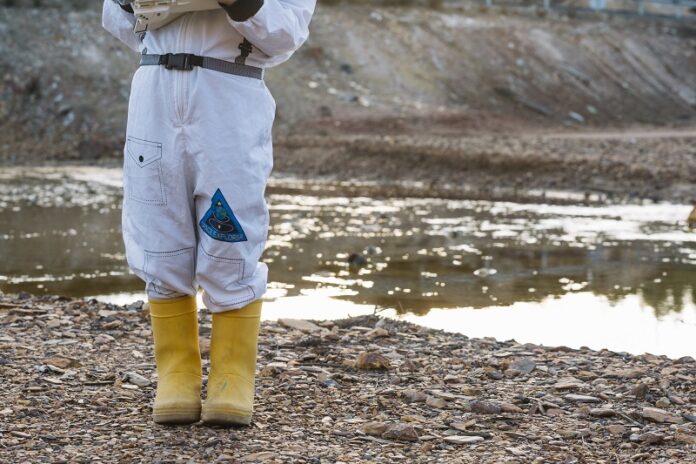Contaminated water isn’t just an environmental issue; it’s a pressing health concern with the potential for devastating consequences. Those affected by exposure to harmful substances in their water supply are not without recourse.
Legal rights exist to help victims seek justice and compensation for their suffering. From personal injury lawsuits to class action litigation, understanding your options is crucial. Navigating the legal landscape can be complex, so expert counsel is essential for success.
Let’s delve in and learn more!
What is Contaminated Water Exposure?
Contaminated water isn’t always easy to spot. Harmful substances can sneak into our water from different places, like factories, farms, and old pipes. These pollutants range from heavy metals and chemicals to tiny bugs that can make you sick.
The impact on our health can be serious. Some people might feel sick right away with nausea or itchy skin, while others might develop long-term problems like cancer or nerve damage.
The kind of illness and how bad it gets depends on what’s in the water, how much of it you’re exposed to, and your overall health. No matter what, it’s important to see a doctor and get medical records that show how the contaminated water affected you.
Types of Legal Claims
Victims of contaminated water exposure have several legal avenues to explore:
- Personal Injury Claims: These claims hold responsible parties liable for the harm caused by contaminated water. This is particularly relevant in cases like the Camp Lejeune water contamination, where individuals suffered due to negligence. Seeking expert Camp Lejeune lawsuit help can be essential for navigating the complexities of such cases and getting claims faster. An experienced lawyer understands the complex laws, historical records, and medical evidence that connect environmental pollution to health problems.
- Class Action Lawsuits: If many people are harmed by the same contaminated water source, they can team up and sue together. This is a good option because it lets them pool their resources and split the legal costs.
- Wrongful Death Claims: When someone dies because of contaminated water, their family can sue for wrongful death. This can help them cover funeral costs, the loss of income the deceased person provided, and the emotional pain of losing a loved one.
- Medical Monitoring Claims: Even if you don’t have any symptoms yet, you might be able to get money for regular checkups to watch for future health problems. This is helpful because it can catch illnesses early when they’re easier to treat.
Each of these legal claims requires careful consideration and often the expertise of legal professionals to navigate successfully.
Building a Strong Legal Case
Building a strong legal case for contaminated water exposure requires thorough preparation and a multi-faceted approach. Evidence is key – meticulously gather medical records detailing your diagnosis and treatment, water test results proving contamination and expert opinions clearly linking your health issues to the exposure.
Equally important is identifying all parties who may bear responsibility. This could involve investigating companies that polluted, government agencies responsible for water safety, or individuals whose actions contributed to the problem.
The legal process can be intricate, so having experienced attorneys specializing in environmental law or personal injury is crucial. They have the expertise to gather evidence, identify responsible parties, negotiate on your behalf, and represent you in court if needed. Their knowledge of the law and legal strategies can be the difference between receiving fair compensation and facing an uphill battle alone.
Legal Process and Timeline
The Legal Process for Contaminated Water Exposure Cases:
- Filing a Lawsuit: Initiating the process by formally filing a legal complaint against the responsible party or parties.
- Discovery Phase: A period of evidence gathering where both sides exchange information, including medical records, water test results, and expert opinions.
- Settlement Negotiations: Attempts to reach a mutually agreeable resolution outside of court, often involving financial compensation.
- Trial (if necessary): If no settlement is reached, the case proceeds to trial, where a judge or jury will hear arguments and evidence from both sides before making a decision.
Timeline Considerations
The timeline for contaminated water exposure cases is far from one-size-fits-all. It depends on various factors, such as the complexity of the case, how many parties are involved, and the court’s schedule.
Some cases resolve in months, while others can drag on for years. It’s important to be aware of statutes of limitations and legal deadlines for filing a lawsuit. These deadlines vary, so talking to a lawyer early on is crucial to understand how much time you have.
Final Thoughts
Contaminated water exposure can have serious and long-lasting effects on your health. If you’ve been affected, the law offers ways to seek justice and get compensation for your losses. It’s important to understand your options and get help from experienced professionals. While the legal process can be complicated and take time, it can also hold those responsible accountable and help you get the resources you need to recover.












